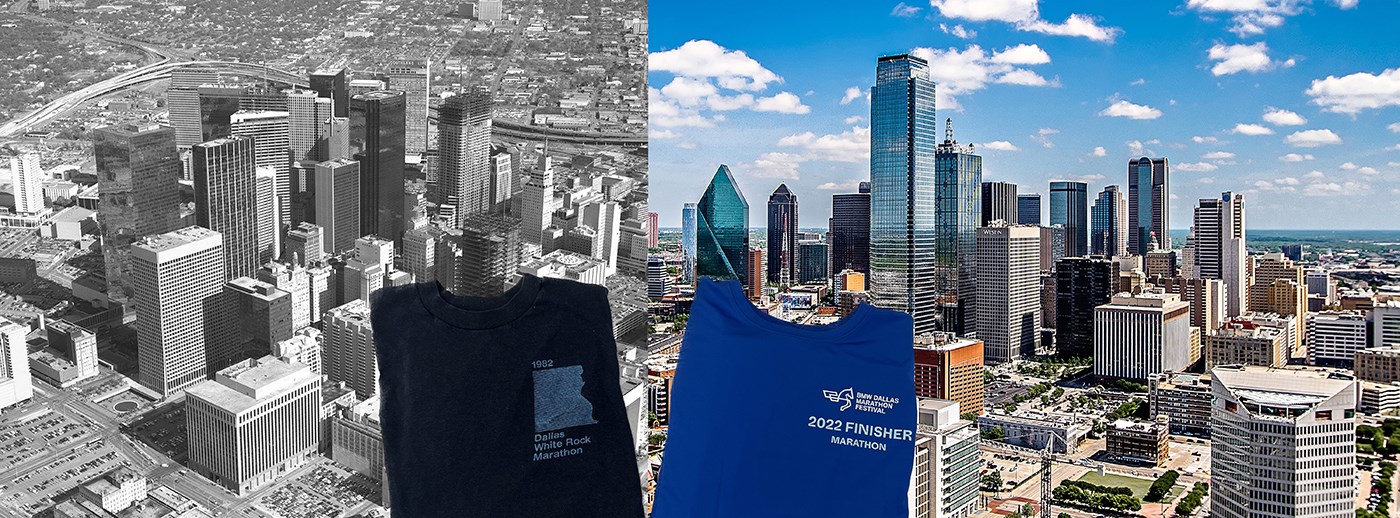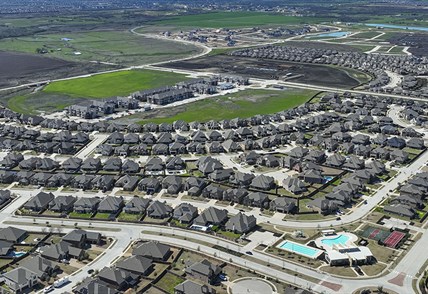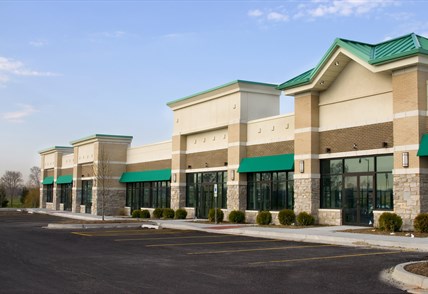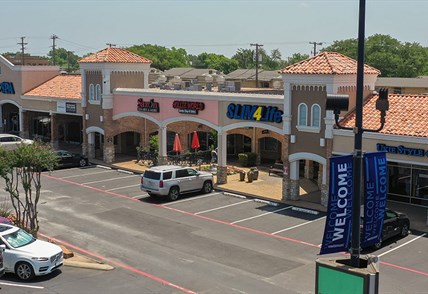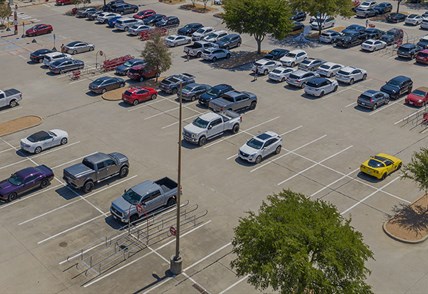By Ian Pierce, senior vice president of Communications
Running and real estate will be forever linked for me.
That linkage began in 1982, the year of my first full marathon and my first full year in commercial real estate communications. This month, 40 years later, I completed the BMW Dallas Marathon (the rebranded descendent of my first 26.2-mile race, the Dallas White Rock Marathon).
Anniversaries and long road races have one thing in common: They offer time to reflect.
PHENOMENAL GROWTH
The past 40 years have had more ups and downs than the course elevation in the San Francisco Marathon. But for present purposes, I looked at what’s changed when comparing 1982 and 2022.
In 1982, the White Rock Marathon attracted 3,500 runners. This year, more than 14,000 crossed the finish line.
And just as the marathon has grown, so has Dallas itself. In 1982, Dallas’ population totaled 900,000. The D-FW metro area population totaled 2.6 million. But the ‘80s were a time of rapid growth, and by ‘92, Dallas would reach 1.2 million residents, and D-FW would reach 3.4 million.
Much like my running pace, Dallas’ population growth has slowed since the boom days of the ‘80s, and is now around 1.3 million. But D-FW is still on the fast track, growing from 2.6 million residents in ’82 to 7.6 million today.
A CITY OF CHANGE
The marathon starts in downtown and winds through districts like Uptown, Lower Greenville, Old East Dallas and Deep Ellum before ending downtown.
These districts have seen change, often to heights unimaginable 40 years ago.
For example, downtown in the early ‘80s bustled every weekday with office workers but was a known as a ‘ghost town’ on nights and weekends.
A few hardy souls – about 250 in all – called downtown home back then.
Downtown remains an important office market, but old and vacant office projects like the Mercantile Bank Building and the First National Bank tower now house residential, hotel, retail and other uses. And downtown’s core population has jumped to 15,000, and no more ghost town – thanks in part to new parks, new and redeveloped hotels, restaurants, a world-class arts district and the new retail-and-experience-focused AT&T Discovery District.
A MARATHON’S LESSON FOR RETAIL
Today, technology has altered running for the better in ways that sounded like science fiction 40 years ago. One example - every runner I know uses a GPS watch to track real-time progress by satellite.
In the same way, technology has altered retail for the better. In 1982, I bought my race gear in person. At the time, I couldn’t imagine another option.
Now you can search, shop and buy with your phone, and it’s often a nearby brick-and-mortar store that delivers your purchase.
Department stores were once so dominant, downtown in the ‘80s was home to not one but three. (Only Neiman’s remains). In 1982, the country’s largest retailers were department stores, including Sears, Kmart and Montgomery Ward.
These once-mighty titans, along with later once-ubiquitous concepts such as Blockbuster, Linens ‘n Things and Circuit City, failed to evolve, went out of business and left a lot of vacancy in their wake.
But yesterday’s vacancy has turned into today’s tenancy, evolving new and legacy retailers who use experience and technology to attract customers who could buy online but want the sense of community and discovery only brick-and-mortar can offer.
In the same fashion, the Dallas Marathon attracts around runners from all 50 states and 25 countries who could run the distance on their own and bypass the cost of registration and, for many, travel and lodging. It’s all about the experience, the discovery and the community.
That’s a big lesson for retail real estate, and one it’s taken to heart.
In 1982, D-FW’s retail inventory totaled around 80 million square feet. In 2022, that retail inventory surpasses 200 million square feet. But today’s market is far healthier, thanks in part to ever-transforming retailing and the emergence of ‘tech and mortar’, the merging of technology with brick-and-mortar real estate.
TODAY’S INVESTMENT IN TOMORROW
Someone once told me that people run because they have a strong sense of ‘tomorrow’ – a belief that what you do in the present benefits your future.
Real estate at its heart is an investment in the future. At Weitzman, some of our most successful centers are decades old, but they’ve transformed with renovation, remerchandising, rebranding, digital marketing platforms and more – all to make them as relevant for today’s shopper was they were for the 1970s or 1980s shopper.
That long-term thinking can be found in Dallas and area communities. Massive investments have been made to make things better for residents and visitors. From a runner’s perspective, these include amenities that didn’t exist in 1982: the Katy Trail, the Santa Fe Trail and the Trinity Levee Trail, with its views of the city’s two signature bridges.
And as these investments attract crowds, they continue spark retail and residential development, from popular ice houses to residential towers.
As you can see, the marathon gave me plenty of time to think about the big Rs in my life: real estate and running, and the way both offer a great sense of potential and possibility.
It’s all about that strong sense of ‘tomorrow’.
This Insight originally ran in D CEO.
